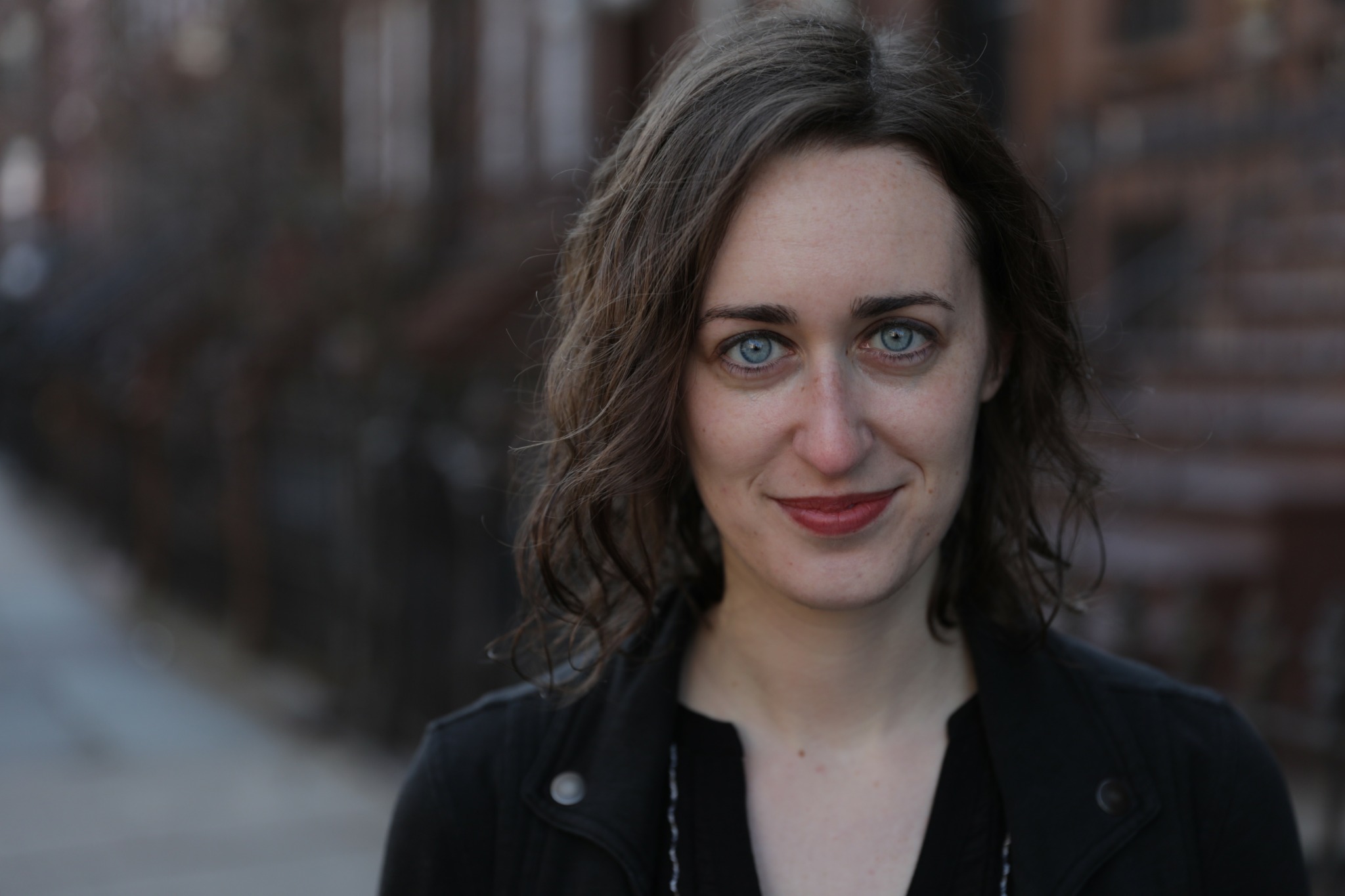Alright – so today we’ve got the honor of introducing you to Rachel Gita Karp. We think you’ll enjoy our conversation, we’ve shared it below.
Alright, Rachel Gita thanks for taking the time to share your stories and insights with us today. We’d love to hear about a project that you’ve worked on that’s meant a lot to you.
I have what has become a multi-iteration project called TEMPORARY OCCUPANT. It’s an invitation for a personal inauguration following the presidential one. I first made it in January 2021 through Clubbed Thumb and its Directing Fellowship. It was still very deep COVID, and so it was an experience made for one person at a time.
It was the first time my creative team and I had been able to work in a theater since COVID began, and we were doing it in the aftermath of January 6th. It was so meaningful for us to be able to come together and work together to give audiences a kind of theatrical gift: a chance to release fears from the past administration and set intentions for the new one. We ran the show far away from each audience member (for COVID safety), so it was experienced like magic. There was a moment about three-quarters of the way in where the solo audience member stood on the stage, looking out in to the audience, which was filled with hundreds of white balloons. And they got to say anything they wanted to in that moment. Each “performance,” my collaborators and I listened to these audience members from afar as they shared such deep, moving, sometimes funny, sometimes heartbreaking words.
We remade TEMPORARY OCCUPANT this year for the most recent presidential inauguration. We totally reworked it to match the completely different moment we were in. It became a time for people to join in community and reckon with our political realities together. It was just as beautiful to hear what everyone had to say.
We’re planning on doing the project every four years, to give people a chance at the start of each administration to come together; hear from others how they’re feeling, what they’re fearing, what they hope for, and what they need at the start of the next socio-political cycle; share the same about themselves; and set intentions based in belief and hope.
See more about the project here: https://www.rachelkarp.com/temporary-occupant.

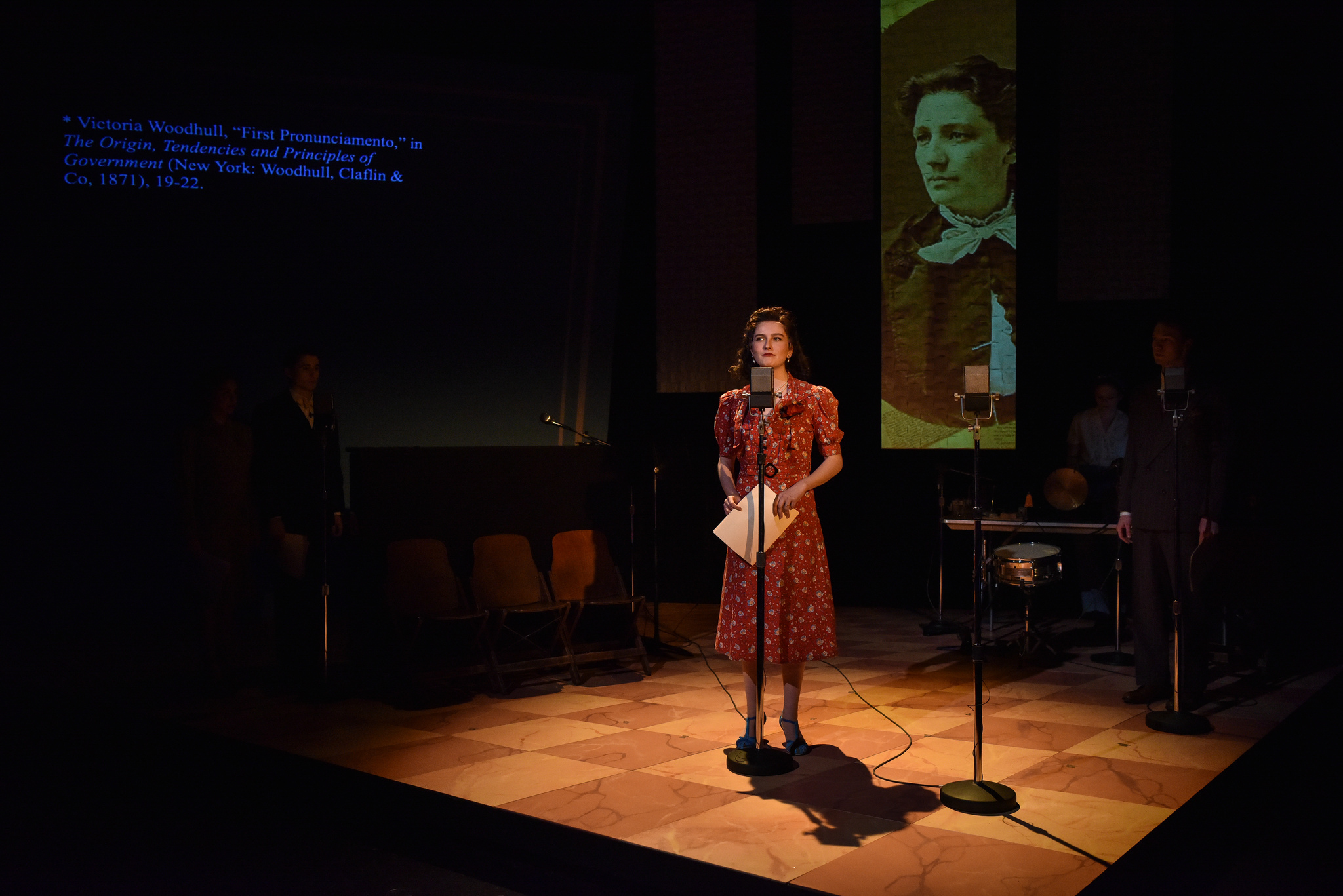
Great, appreciate you sharing that with us. Before we ask you to share more of your insights, can you take a moment to introduce yourself and how you got to where you are today to our readers.
I make performances to change US politics and public policy. In particular I focus on supporting reproductive health and justice, voting and voters, and increased gender representation in the highest levels of government. My process centers extensive historical and cultural research and synthesis and collage, to create generous invitations for deep engagement.
My work considers politicians in power, who gets to elect them, and how we’re affected every day by the policies they do and don’t pass. I try to figure out why they’re so often out of sync with what so many people in our country need and what each of us can do to bring things into alignment.
My process starts when I learn something about the country that boggles my mind: some statistic about contemporary life that’s startling, some fact about our past that’s surprisingly different from how we do things now. I spend months to years researching everything I can: recovering histories, engaging cultures, interviewing experts. I build an original archive from across decades and forms and then distill and recontextualize it into an experience for an audience today.
These experiences are invitations to engage with the politics and policies of focus with me. My audiences are not passive; rather, they have clear roles and opportunities to make those roles active, if they wish. Through participation, generosity, and surprise, my audiences and I work together to understand specific and systemic conditions on physical, intellectual, and emotional levels – to process, heal, and start to build the country we need anew.

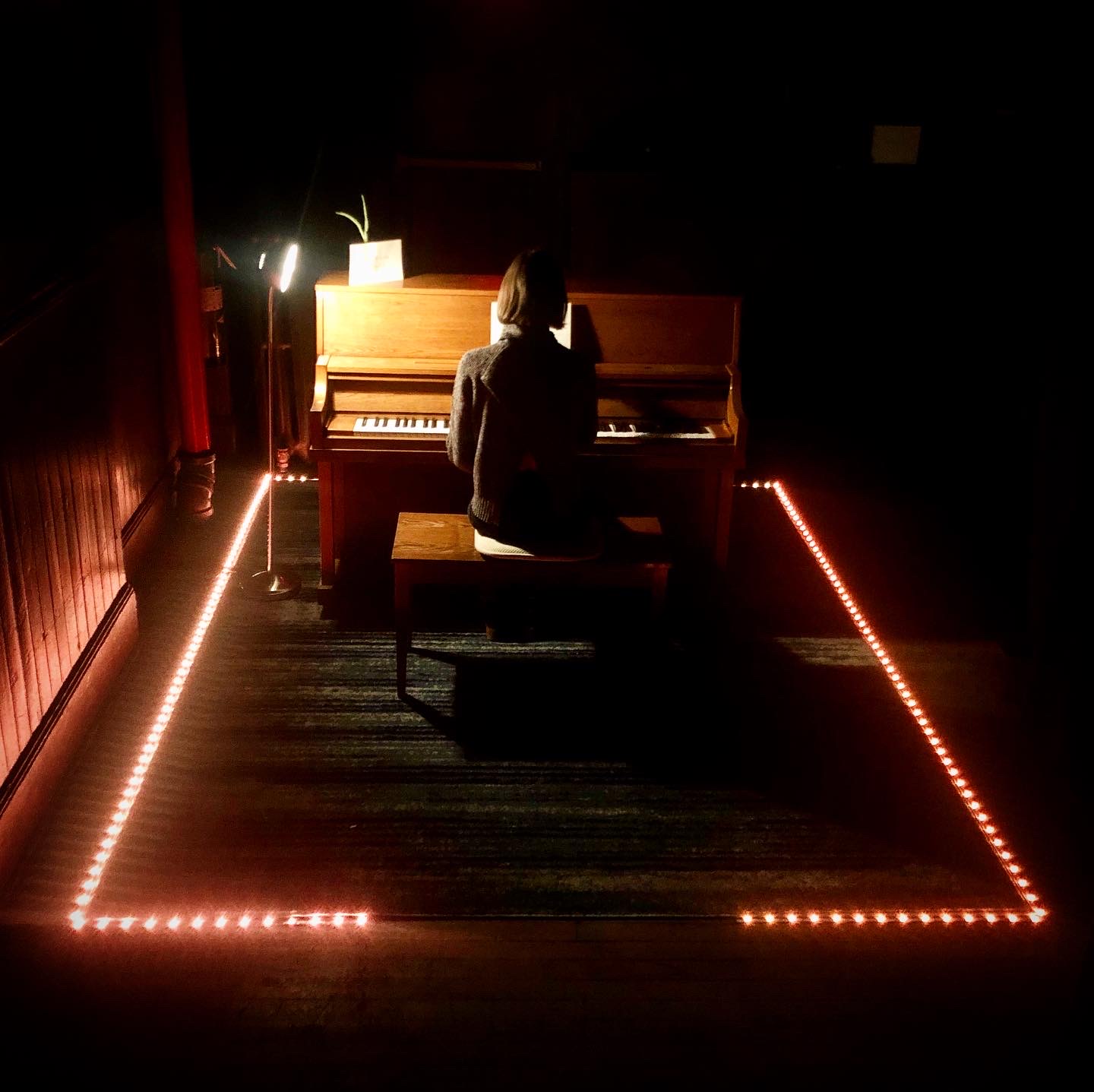
What’s the most rewarding aspect of being a creative in your experience?
It’s hard to pick just one, so here’s three:
1) The research. I just love going extremely deep into a particular topic. Uncovering things that are so heartbreaking, or hopeful, or strange. Collecting all these stories about our country’s present and past. All the things I find in research become like pieces of a big puzzle. My work as a writer is to put the puzzle together — but without the cover of the box to show me what it’s going to look like in the end. Which brings me to:
2) The collaboration. My favorite people to work with are ones who want to create the work with me from the page up. And that means changing things pretty drastically as we go. I love having that trust in the people I work with, that we’re going to figure it out, together.
3) The sharing with the audience. My work is so participatory — the audience plays a huge part. But in writing and directing the project, you just never know how a real audience is going to respond! It’s amazing when they’re actually there and engaging and being smart and surprising and doing all the things that my team and I thought up, sharing and being vulnerable and taking a chance on it all.
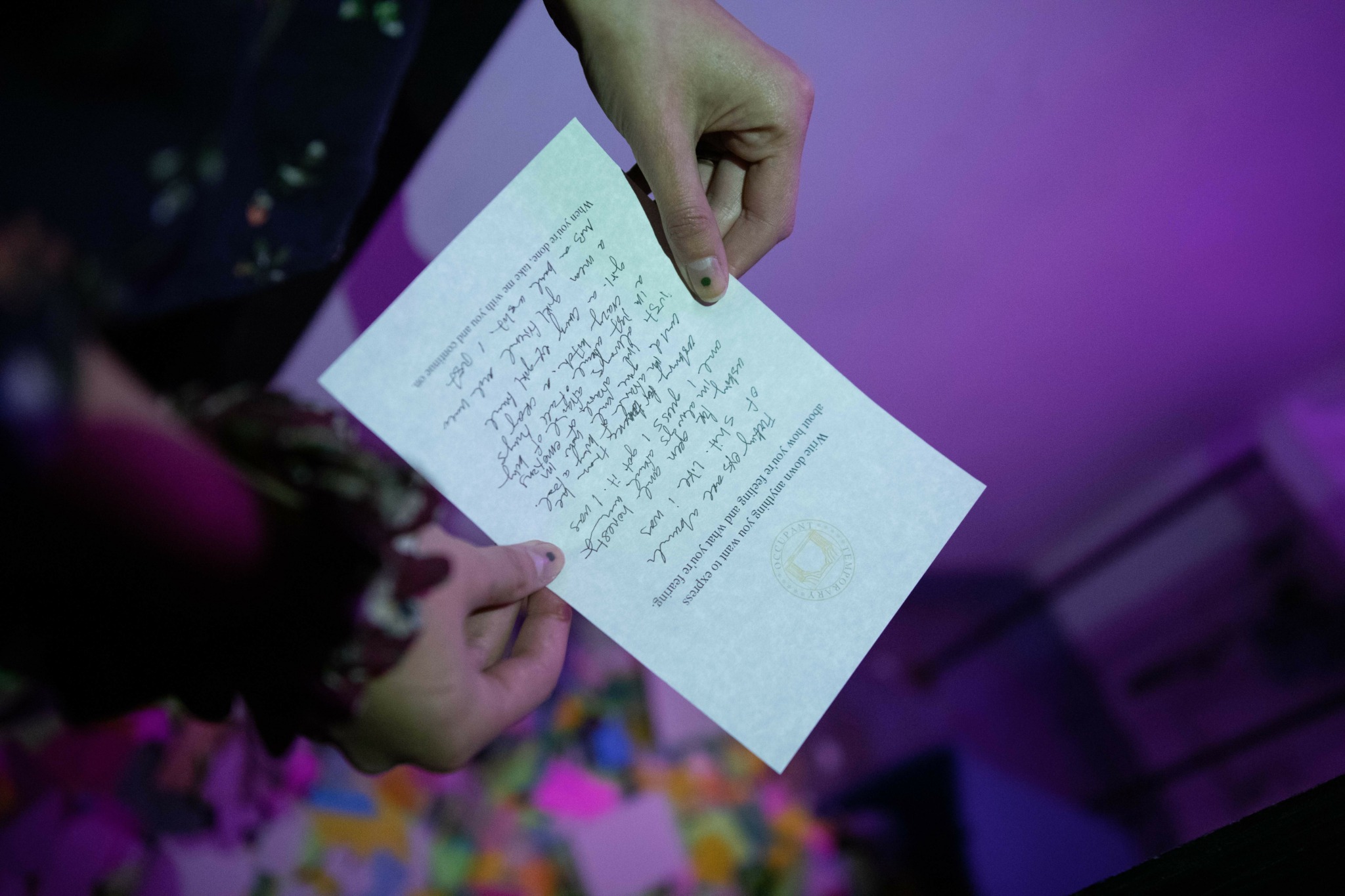
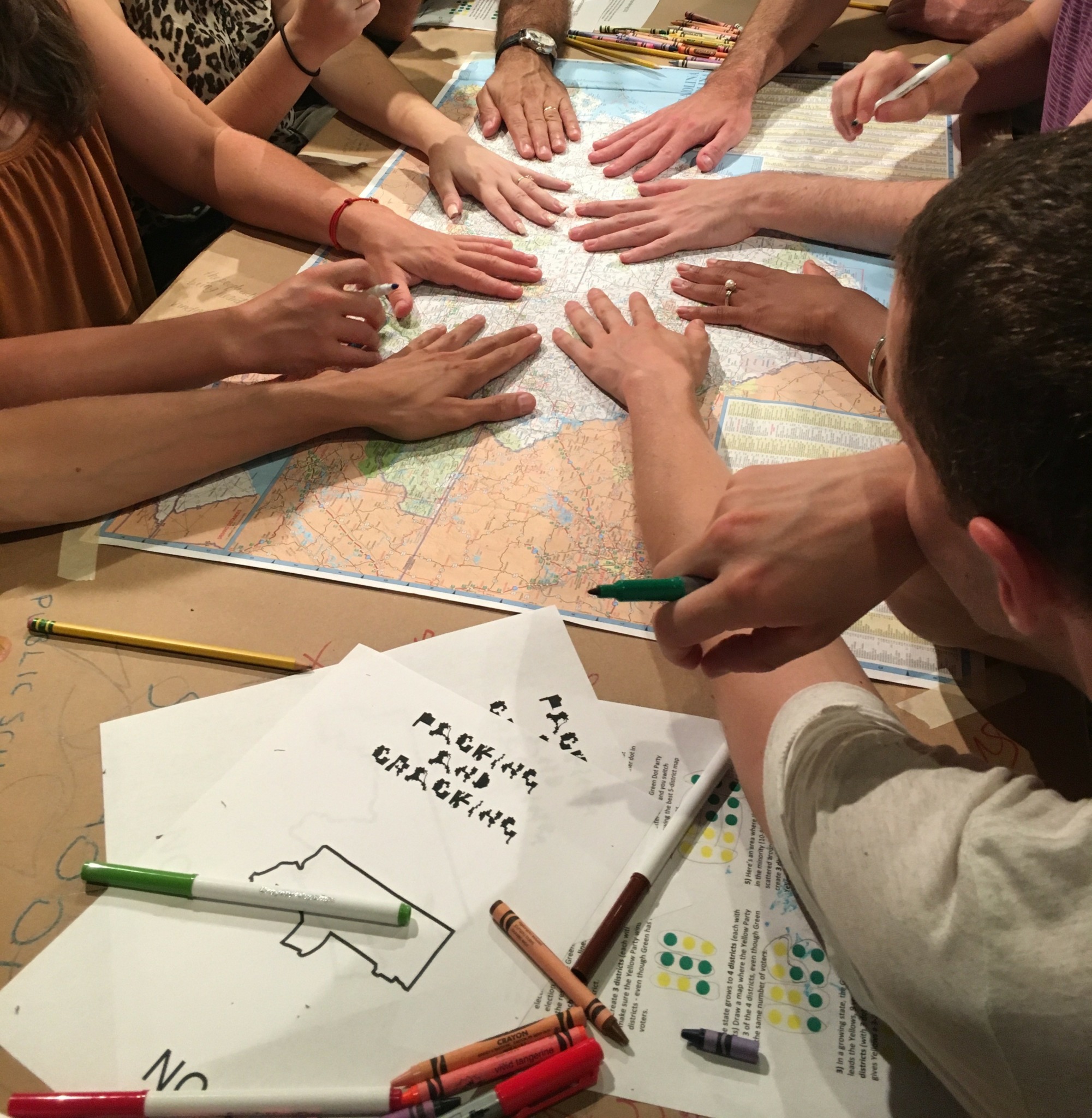
Any resources you can share with us that might be helpful to other creatives?
Something that was hard for me early on was this pressure I felt to exist in just one discipline. Wanting to write and direct and devise and do things that were political — it was (and, honestly, remains) hard to find people who want to support that, vs. things that fit more neatly into boxes. But over time I’ve found some places that do understand. One is a nonprofit that I’m lucky enough to work for now, too: the Center for Artistic Activism. If you’re an artist interested in using your skills to have direct political impact, check them out: https://c4aa.org/.
Contact Info:
- Website: https://www.rachelgitakarp.com
- Instagram: @rachelgitakarp
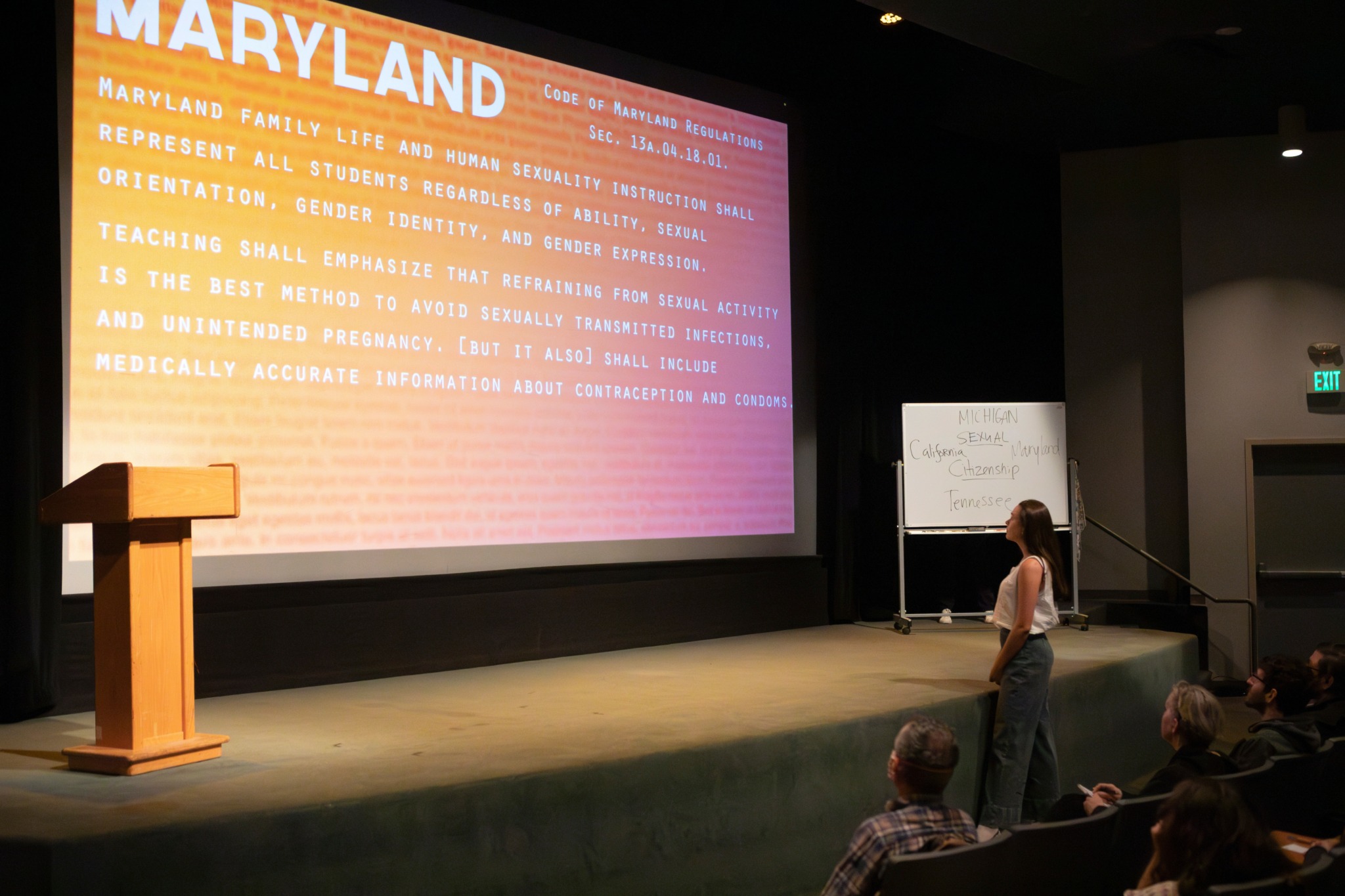
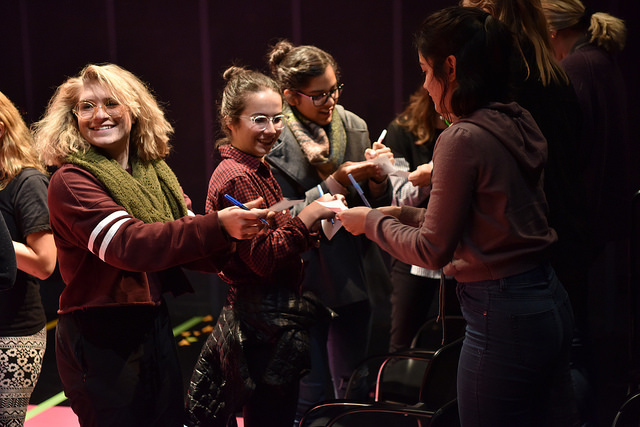
Image Credits
Louis Stein, Amy Ritter, Xingyu She, Frank Oliva


